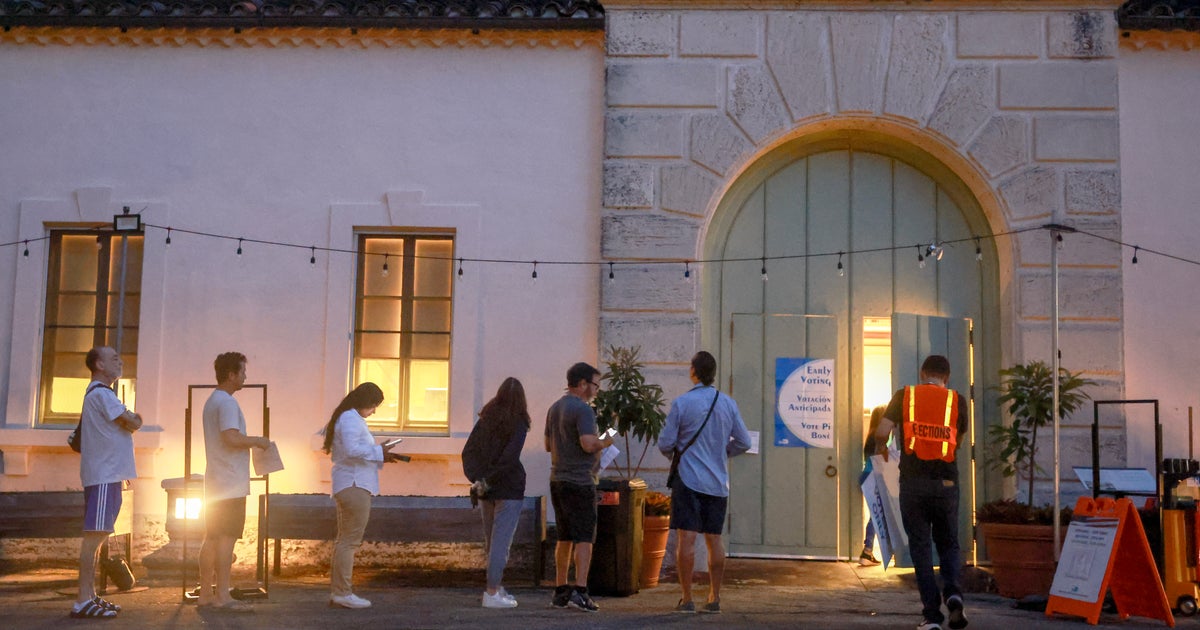
Trump’s Gains With Latinos Could Reshape American Politics. Democrats Are Struggling To Respond
HuffPost
From Pennsylvania to Florida to Texas, areas with high numbers of Hispanics often had little in common on Election Day other than backing Republican Donald Trump.
MIAMI (AP) — From Pennsylvania to Florida to Texas, areas with high numbers of Hispanics often had little in common on Election Day other than backing Republican Donald Trump over Democrat Kamala Harris for president.
Trump, the president-elect, made inroads in heavily Puerto Rican areas of eastern Pennsylvania where the vice president spent the last full day of her campaign. Trump turned South Texas’ Rio Grande Valley, a decadeslong Democratic stronghold populated both by newer immigrants and Tejanos who trace their roots in the state for several generations.
He also improved his standing with Hispanic voters along Florida’s Interstate 4 corridor linking the Tampa Bay area — home to people of Cuban, Venezuelan, Nicaraguan, Colombian and Puerto Rican origin — with Orlando, where Puerto Ricans make up about 43% of the local Hispanic population. Trump was the first Republican since 1988 to win Miami-Dade County, home to a sizable Cuban population and the country’s metropolitan area with the highest share of immigrants.
It was a realignment that, if it sticks, could change American politics.
Texas and Florida are already reliably Republican, but more Hispanics turning away from Democrats in future presidential races could further dent the party’s “blue wall” of Pennsylvania, Michigan and Wisconsin, that had helped catapult it to the White House before Trump romped through all three this time. The shift might even make it harder for Democrats to win in the West, in states such as Arizona and Nevada.


